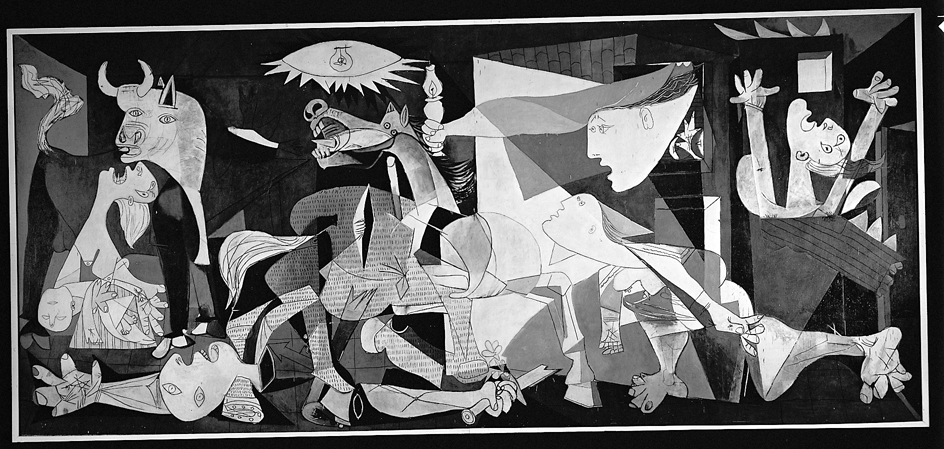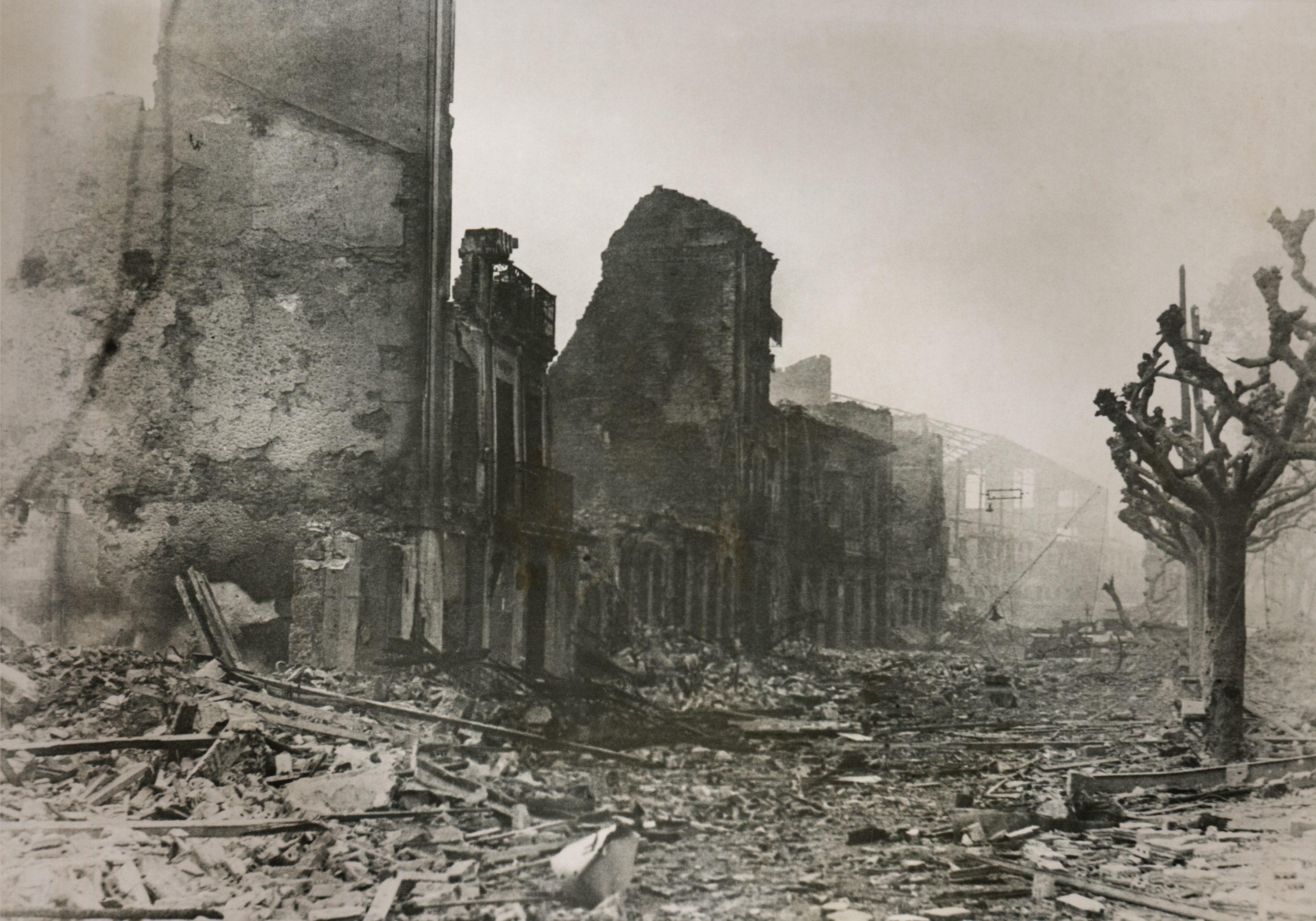Guernica, << gehr NEE kah or GWAIR nih kuh, >> is a famous painting by Spanish-born artist Pablo Picasso that ranks among the greatest social protest pictures in the history of art. Picasso created Guernica to express his outrage at the bombing of the undefended town of Guernica during the Spanish Civil War (1936-1939). German bombers, supported by Spanish Nationalist leader Francisco Franco, destroyed the Basque town on April 26, 1937. There were many casualties, mostly women, children, and elderly people. Guernica, a town with little strategic importance, was attacked by the Germans to test the effects of bombing civilian targets in an effort to demoralize the enemy.
Picasso painted Guernica as a commission for the Spanish Pavilion in the Paris World’s Fair of 1937. The large picture is 251/2 feet (7.8 meters) long and 111/2 feet (3.5 meters) high. Picasso completed the work in about a month of feverish activity. He used several of the stylistic techniques that appear in his earlier painting, notably the fragmented figures of Cubism and the abstract forms of African sculpture.


Picasso painted Guernica in somber gray, black, and white colors. He used distortions and exaggerations to convey the fear, suffering, horror, and misery of the scene. Among the central figures are victims of the violence, including a wounded horse, a dead soldier, a screaming woman holding her dead baby, and a bull, which Picasso often used as a symbol of Spain. The work has stimulated many different interpretations, though the artist consistently refused to provide any insight into the symbolism of the work. It hangs in the Reina Sofia art museum in Madrid, Spain.
